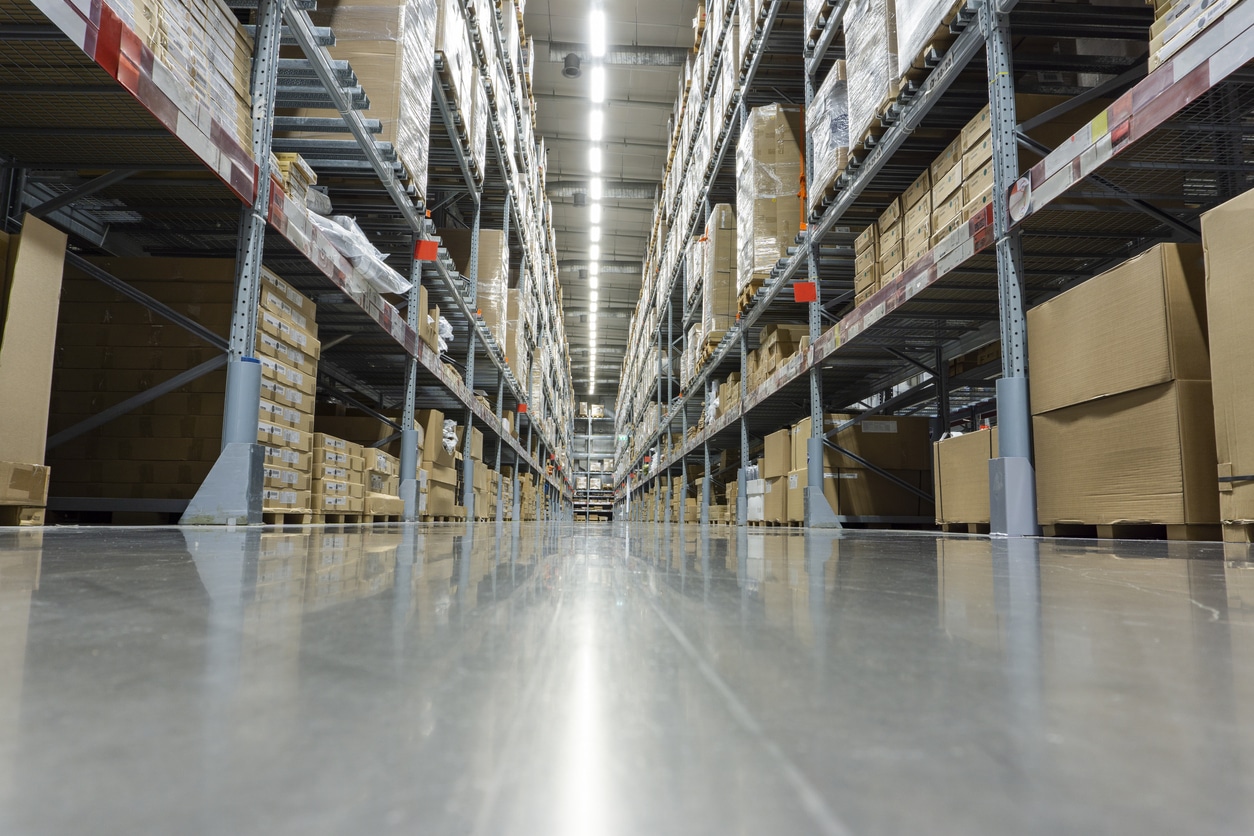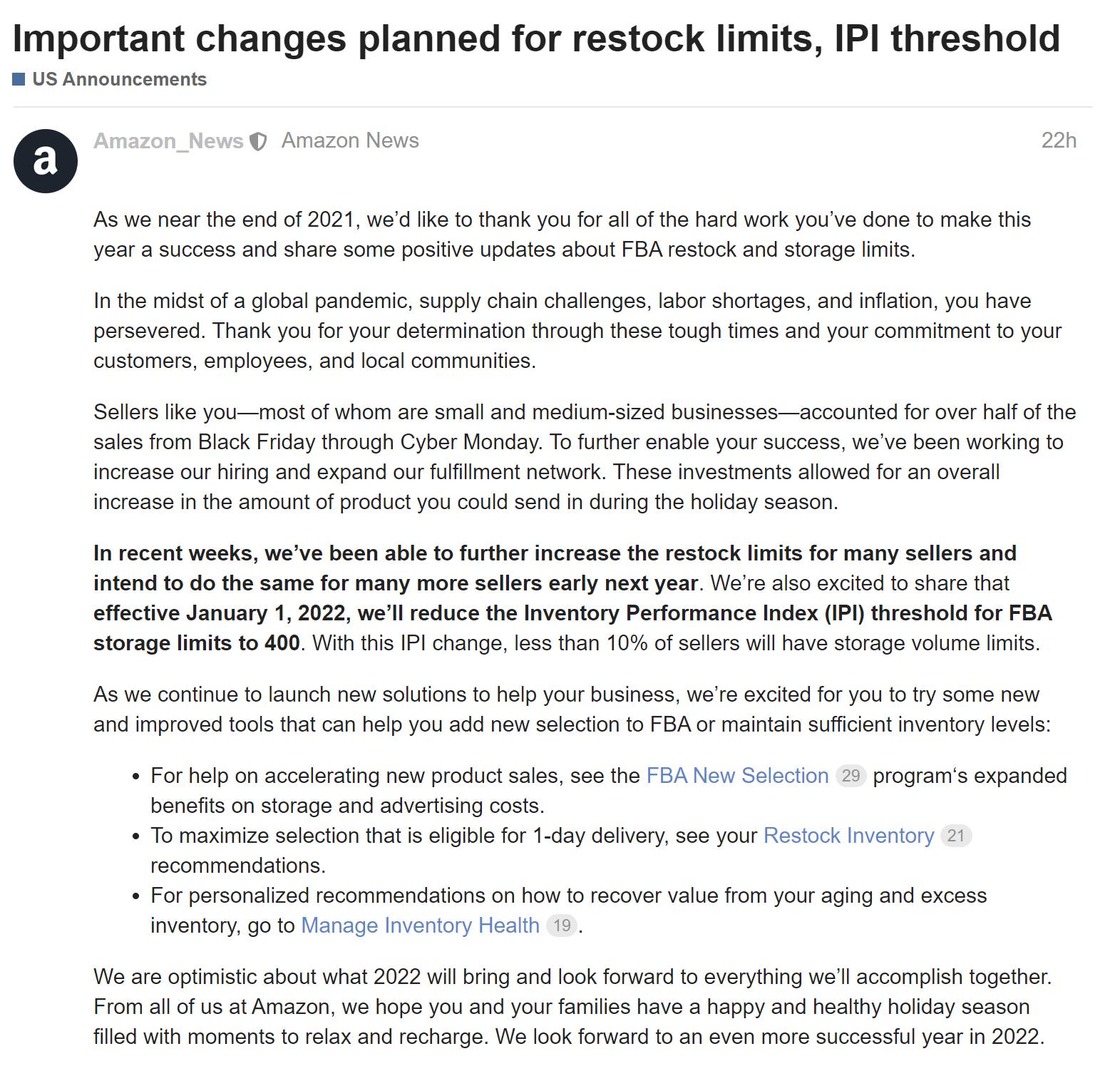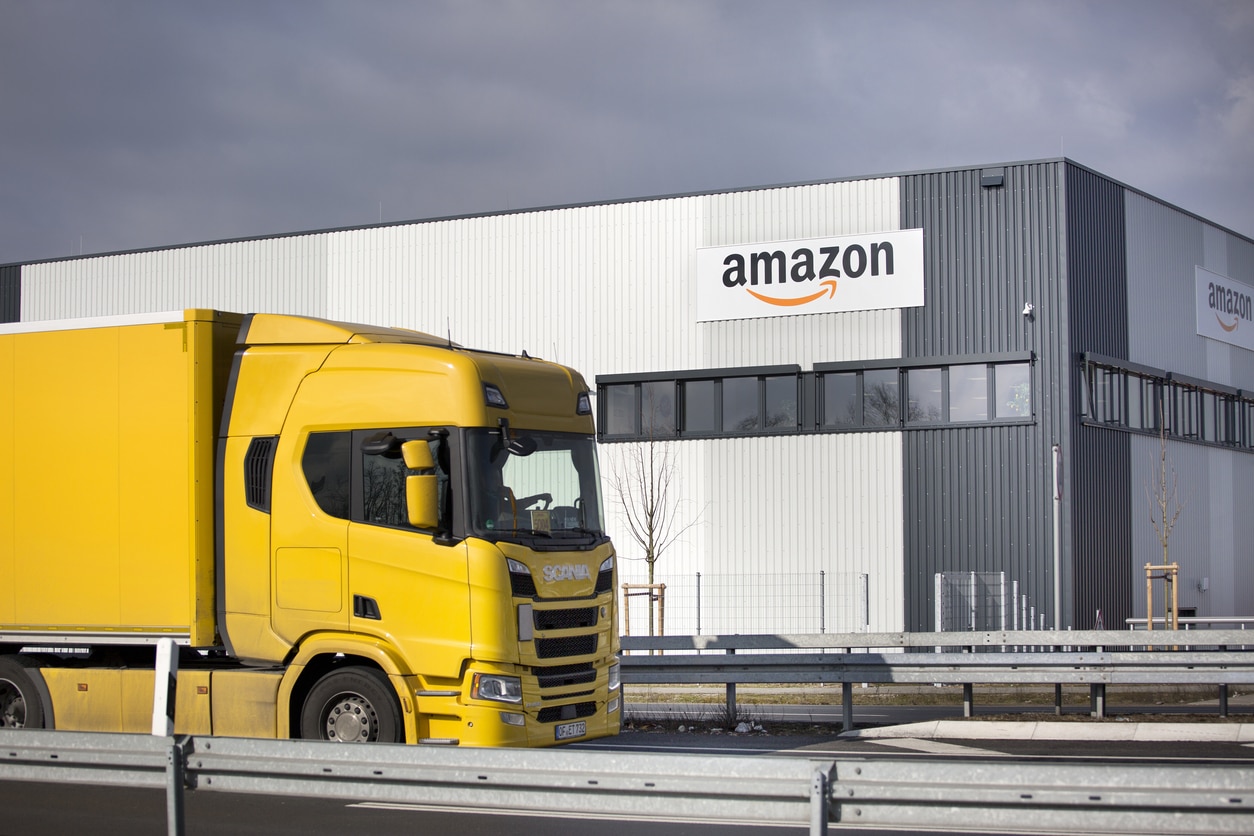Amazon Planning Changes in Restock and Storage Limits Early in 2022

Restock limits have been a thorn in the side of many Amazon sellers throughout 2021. Not being able to send as much inventory as you want into Amazon warehouses (especially during peak shopping seasons) hurts efficiency and profitability.
In a recent announcement, Amazon informed sellers of changes coming to its restock limits policy and the IPI thresholds for FBA storage limits, but it’s not exactly great news for most third-party sellers.
Good News, Bad News
The good news: Amazon will be increasing restock limits, which will allow sellers to send a bit more inventory into FBA warehouses. That said, the announcement left out exactly how much the limits will increase, but it should be clearer in the coming weeks.
The bad news: It looks like restock limits are here to stay, at least surely for Q1 2022—also, in typical Amazon fashion, the dramatic increase in restock limits might have come a little too late, when no one needs it anymore, as the announcement comes right at the end of the huge holiday cycle.
In the announcement, Amazon claims that it has been able to further increase the restock limits for many sellers and promises to do the same for many more sellers early next year. It can be recalled that restock limits hurt a lot of businesses in early 2021.
It also announced that, effective January 1, 2022, the Inventory Performance Index (IPI) thresholds for FBA storage limits will be set to 400, which could be the more significant policy drop, as most sellers hit 400 with ease anyways. This means that whenever you hit an IPI score of 400, you will get unlimited storage volume (Note that storage limits are based on volume, while restock limits are based on units—your IPI score generally only affects storage limits). Amazon claims that less than 10% of sellers will have storage volume limits when this new IPI threshold takes effect.
New Tools to Play With
Also part of the post, Amazon reminded sellers to check out some new and improved tools within Seller Central that could help you add new selection into FBA or maintain healthy inventory levels:
- FBA New Selection Program could help accelerate new product sales with its expanded benefits on storage and ad costs;
- Restock Inventory recommendations help maximize selection eligible for 1-day delivery;
- And Manage Inventory Health gives personalized recommendations on how to recover value from aging and excess inventory. recommendations.
There are a lot of other inventory management strategies that can help you deal with these annoying restock limits. For instance, some sellers have successfully increased their restock limits by opening a case with Amazon, although success using this method is unsurprisingly rare.
Other methods include liquidating stale inventory, or those items that are counted against your restock limits but don’t necessarily get sold. These include removing stranded inventory (items with no existing listing but are stuck inside the FBA warehouse), removing unfulfillable products like damaged units, and managing excess inventory.
Improving your sell-through rate also helps make your replenishment more efficient. One way to do this is through repricing or adjusting your products’ prices to secure the Buy Box and get them sold quicker.
Other general inventory management tips include prioritizing your highest selling products as you strategize around the restock limits and maintaining 60 to 90 days’ worth of inventory within your own warehouse to cover unexpected spikes in sales volumes and avoid running out of stock.
Shipping, Not Warehousing
As it stands, Amazon seems to be encouraging sellers to ship in 30-day cycles, that is, sending in 30 days’ worth of inventory at a time, instead of sending 6 months of goods in bulk into FBA centers. These policies reflect Amazon’s preference to be a shipping logistics company instead, not a warehousing company.
Based on its Q3 earnings report, Amazon has doubled its fulfillment network since the pandemic began, and it’s on track to compete with staple logistics service providers like FedEx and UPS in the near future.






